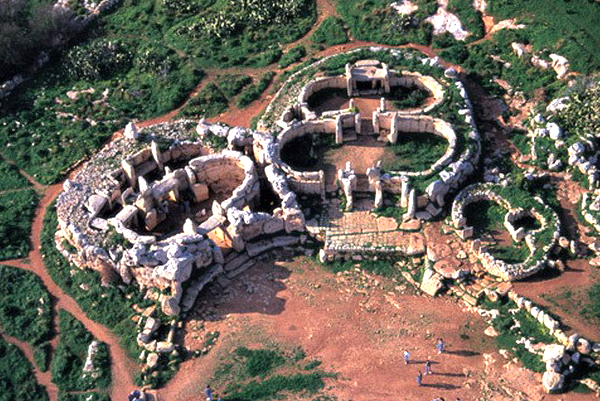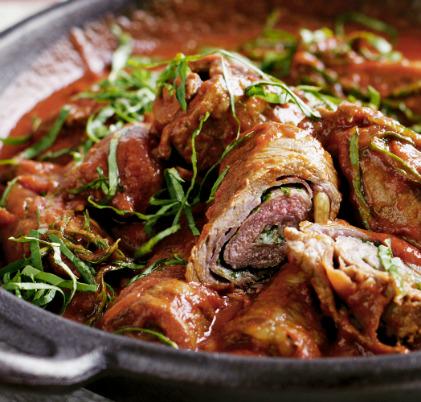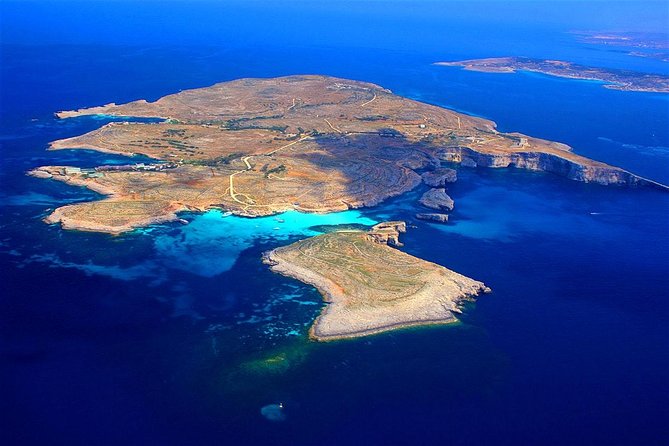Watch the video below for instructions on how to make a Learning App.
What to do and see in Malta
Which of the places in the video below have you visited? Which ones would you like to visit?
Maltese Food
Malta is a small island in the middle of the Mediterranean, with 300 days of sunshine during the year and very wet winters. Being positioned in the Mediterranean region, it features Italian and North African dishes in its cuisine. Pasta and pizza are very common dishes in restaurants and home cooking, but the traditional Maltese dishes tend to be hearty and meat-based.
Some examples of Maltese food include bragjoli, timpana and rabbit stew.
Sports in Malta
Malta has a dry climate in summer (no rain) and mild winters with a lot of rain and wind, so it is not the best for open-air sports. However, it is a perfect place for water sports like snorkelling, scuba-diving or windsurfing.
Blue Lagoon
Malta - Day 1
Malta is a small island in the middle of the Mediterranean Sea. It offers plenty of opportunities for water sports and for speaking and learning English. Many people come to Malta to combine the two and to learn English in the mornings, while spending their afternoons at the sea, swimming, diving, snorkelling, kayaking, or a variety of other activities on the water.
Tangerine Dreams
What is a webquest? A webquest begins with an engaging idea and is built from there. If the topic is not engaging, the lesson will not be effective.
Begin by sharing the presentation below with students, putting them in pairs and giving them 5 minutes to collect as many ideas as they can. They can use the internet or other resources at their disposal.
- Make a poster describing the idea in detail
- Make a PowerPoint/Prezi/Google Slide presentation describing the idea in detail
- Create a product: cook the dish, make the juice, organise the sports event
- Create activities for others based on that idea.
Loom video on how to use LearningApps
Loom is a simple, browser-based tool for recording your screen with or without your camera. It has a 5-minute limit but you can record up to 25 videos, and either keep them on your Zoom account or download them to a device.
Interactive apps - Maltese food cloze text
Read the text below and select the correct words in the gaps.
- Which of these foods would you like to eat?
- Are there similar dishes in your country?
Malta - summer activities
The Mediterranean Sea is a warm and salty sea that is very easy to swim in. Malta also offers plenty of opportunities for diving and snorkelling, with shipwrecks dotting its coastal area.
Malta - Animated Slideshow
Adobe Spark allows for the creation of videos via slideshows. Most of its options are quite limited, which means that it doesn't take too long to complete. Below is one example.
Comic - Shoes
StoryboardThat allows the creation of up to 2 free storyboards per week, but it has many more options for characters, design, colour, and items.
Comic - At the party
Witty Comics can be used for language activities, such as modelling short conversations, or as a lesson warmer and discussion opener.
Using Voki
Students can use Voki to create speaking avatars of themselves or of characters. It requires little technical knowledge and speech in a variety of languages and accents can be generated automatically.
Voki avatars can also be used as an introduction to a topic or a lesson warmer.
Click on Yumiko to hear her speak.
What can you do in Malta?
Malta offers a variety of activities for both young and old. Watch the video below and think about which activities shown attract you.
Historical places in Malta
Malta has a rich history, in both recent and pre-historical times. Recent history begins with written texts, which start around the 9th century with the entry of the Arabs in Malta. But Malta had inhabitants a long time before that, starting 7,000 years ago with the Temple Builders.
 |
| Qrendi Temples |
 |
| Ggantija Temples |
Teacher Training in Malta
Malta is a small English-speaking island in the middle of the Mediterranean which has recently become a hub for teacher training. Schools like ETI Malta offer teacher-training courses that focus on methodology for kindergarten, primary and secondary levels, as well as using and integrating technologies in the classroom.






















